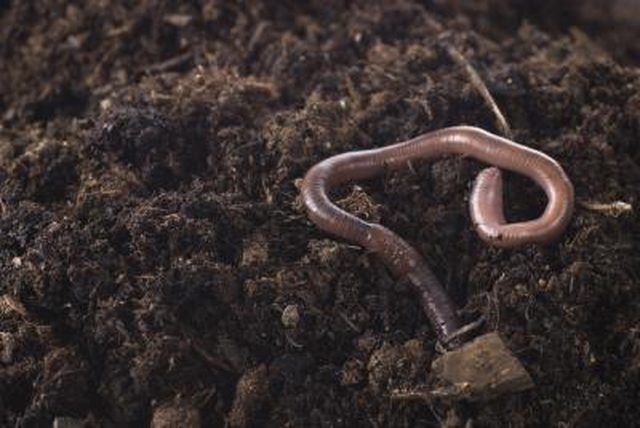Bulbs
Flower Basics
Flower Beds & Specialty Gardens
Flower Garden
Garden Furniture
Garden Gnomes
Garden Seeds
Garden Sheds
Garden Statues
Garden Tools & Supplies
Gardening Basics
Green & Organic
Groundcovers & Vines
Growing Annuals
Growing Basil
Growing Beans
Growing Berries
Growing Blueberries
Growing Cactus
Growing Corn
Growing Cotton
Growing Edibles
Growing Flowers
Growing Garlic
Growing Grapes
Growing Grass
Growing Herbs
Growing Jasmine
Growing Mint
Growing Mushrooms
Orchids
Growing Peanuts
Growing Perennials
Growing Plants
Growing Rosemary
Growing Roses
Growing Strawberries
Growing Sunflowers
Growing Thyme
Growing Tomatoes
Growing Tulips
Growing Vegetables
Herb Basics
Herb Garden
Indoor Growing
Landscaping Basics
Landscaping Patios
Landscaping Plants
Landscaping Shrubs
Landscaping Trees
Landscaping Walks & Pathways
Lawn Basics
Lawn Maintenance
Lawn Mowers
Lawn Ornaments
Lawn Planting
Lawn Tools
Outdoor Growing
Overall Landscape Planning
Pests, Weeds & Problems
Plant Basics
Rock Garden
Rose Garden
Shrubs
Soil
Specialty Gardens
Trees
Vegetable Garden
Yard Maintenance
How to Get Rid of Earthworms
How to Get Rid of Earthworms. Earthworms are part of the growth machine that operates unseen in your lawn. If you eradicate the earthworms, you upset natural processes like nitrogen fixation and conditioning actions such as aeration. If you feel you have an earthworm problem, you can do something about it -- but never use a pesticide. Using a...

Earthworms are part of the growth machine that operates unseen in your lawn. If you eradicate the earthworms, you upset natural processes like nitrogen fixation and conditioning actions such as aeration. If you feel you have an earthworm problem, you can do something about it -- but never use a pesticide. Using a pesticide to get rid of earthworms in your lawn is akin to using a flamethrower to light a candle -- you'll light the candle, but you'll incinerate it along with your house. If you think there are just too many, you can rid your lawn of a significant number of earthworms by simply making it inhospitable to them.
Things You'll Need
Lawn rake
Dethatching rake
Soil test
Ammonium sulfate
Sweep away the dry worm casts during spring and summer, and rake and remove grass clippings. Removing the organic matter lowers the nitrogen in your lawn, and it also decreases earthworm activity. You can add the worm casts to the compost.
Rake the thatch buildup on your lawn using a dethatching rake; discard it or add it to the compost. Earthworms feed heavily on thatch, and removing it makes your lawn less hospitable to them. It also improves your lawn's aeration and sets it up for acidification.
Check your soil's pH. If necessary, amend it to under 6.0 using ammonium sulfate. Earthworms don't deal with acidic soil well, and don't inhabit soils with a 4.5 pH or lower. Water the lawn after applying the sulfur amendment if you're experiencing a dry spell or the temperature is 90 degrees Fahrenheit or above.
Run a heavy lawn roller across your lawn in perpendicular directions if earthworms have created a bumpy surface, and then aerate with a core cultivator. Compacting and aerating your lawn will correct the unevenness earthworms create with their burrows.
Tips & Warnings
Soil acidification works best in the soils of the midwestern, southern and eastern United States.
Thatch and aerate your lawn when it's dry.
So you do not damage your turf and before applying ammonium sulfate to your existing lawn, consider the type of grass and its pH requirements and take a soil test to determine the amount that is safe to apply and follow those application rates.